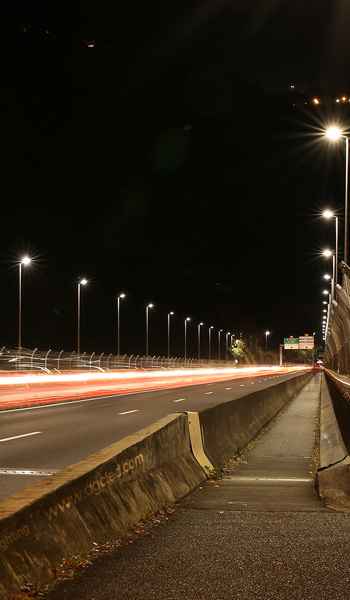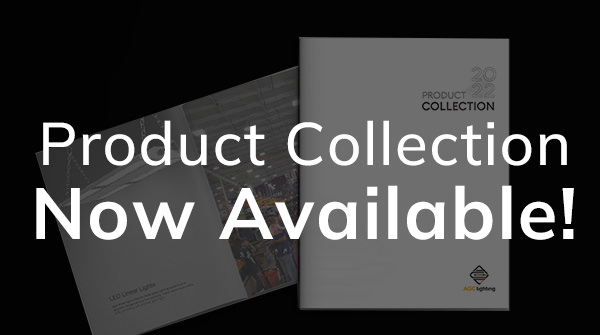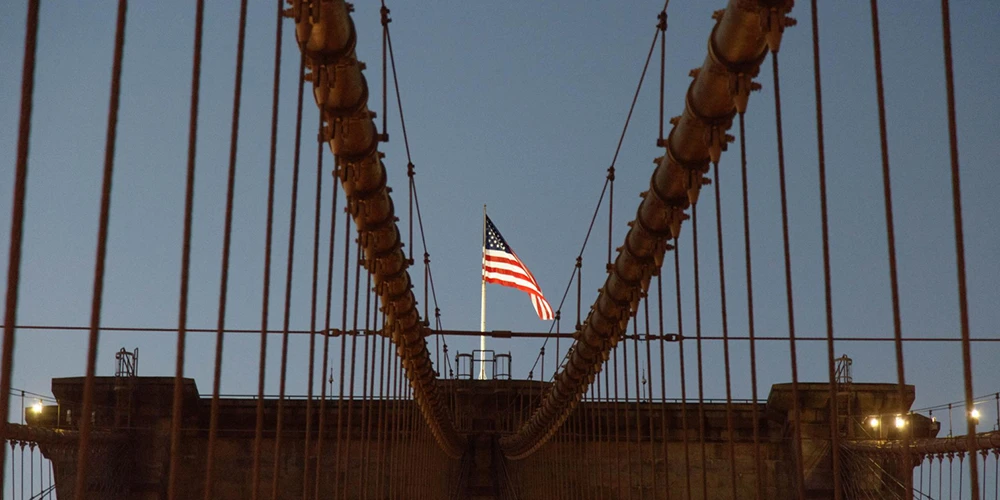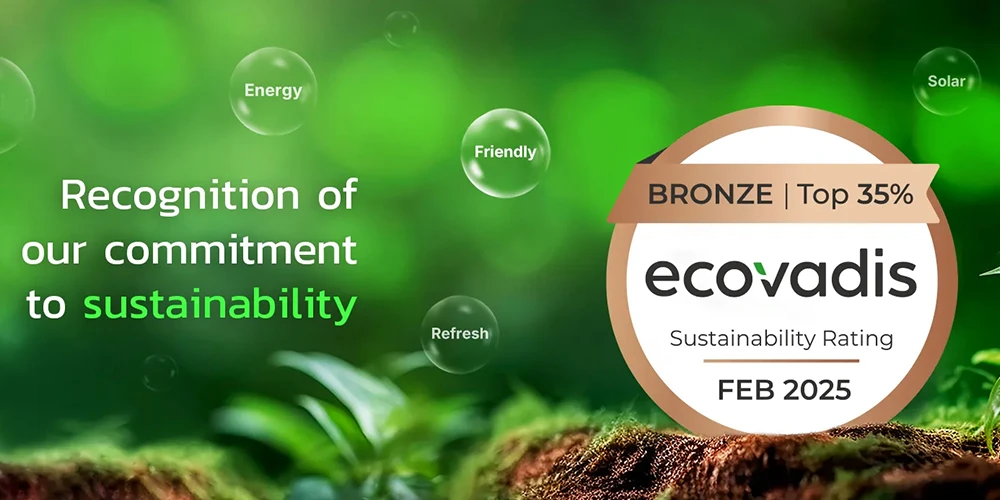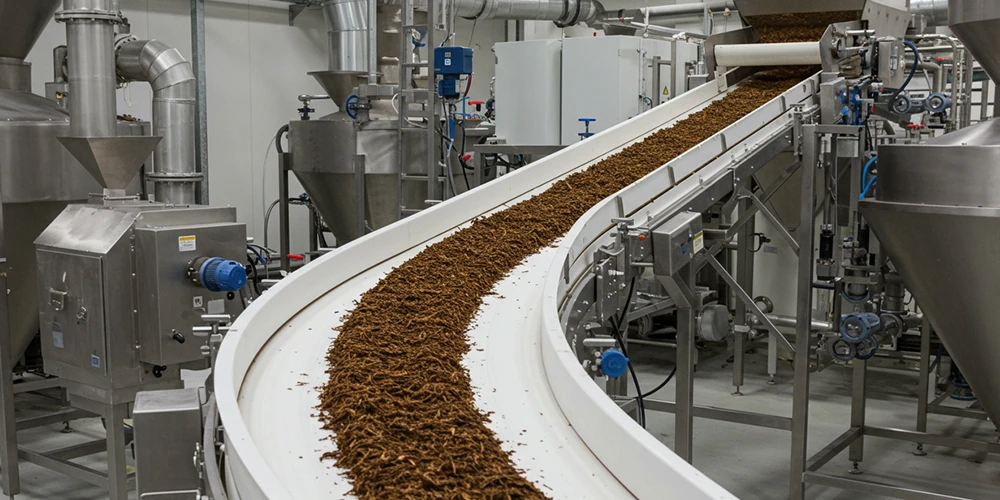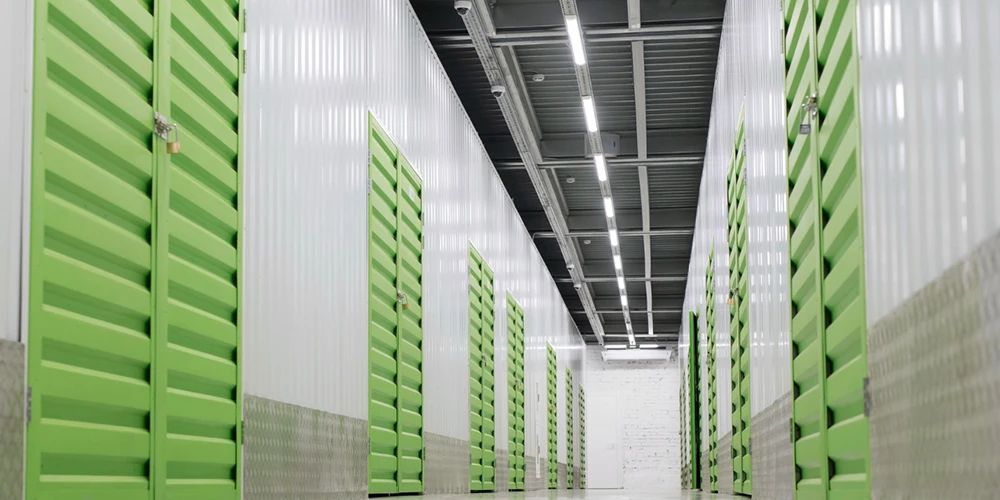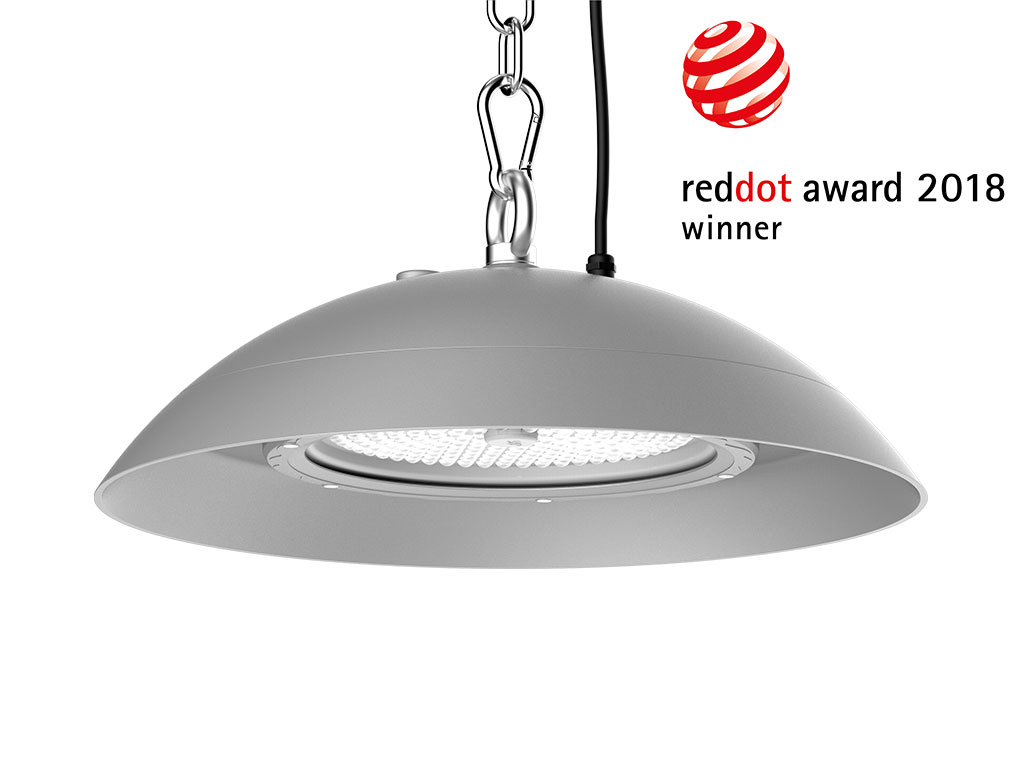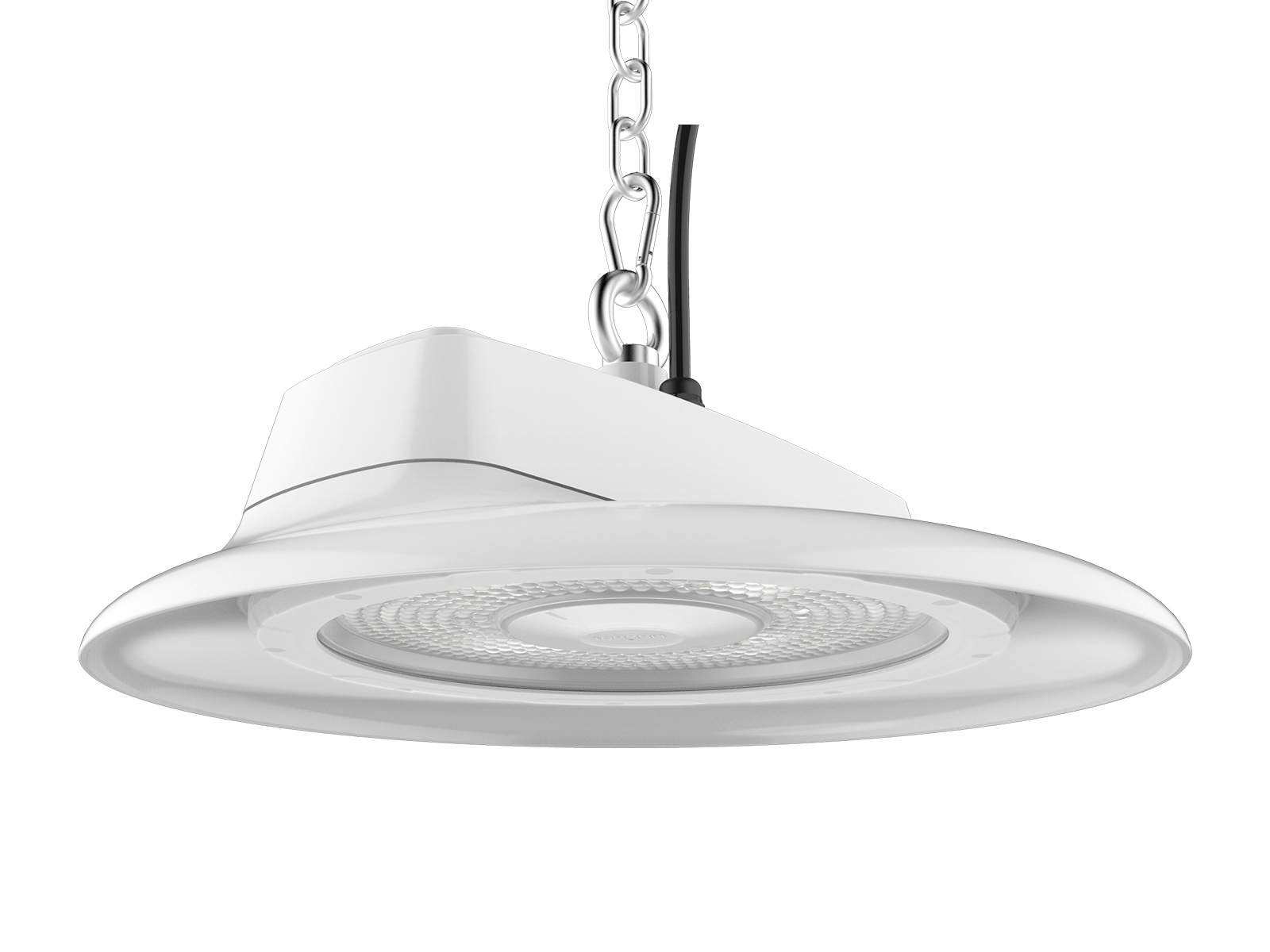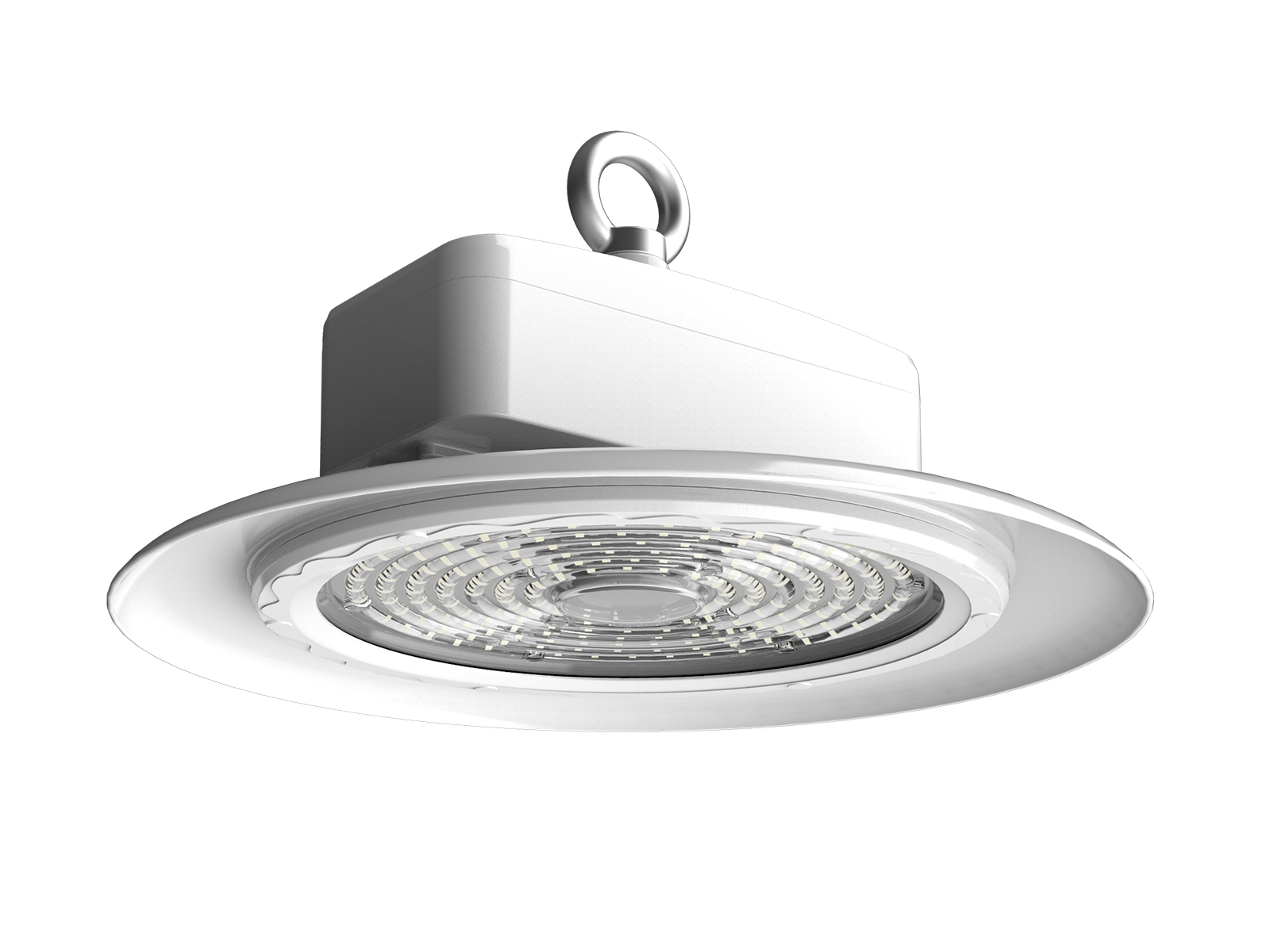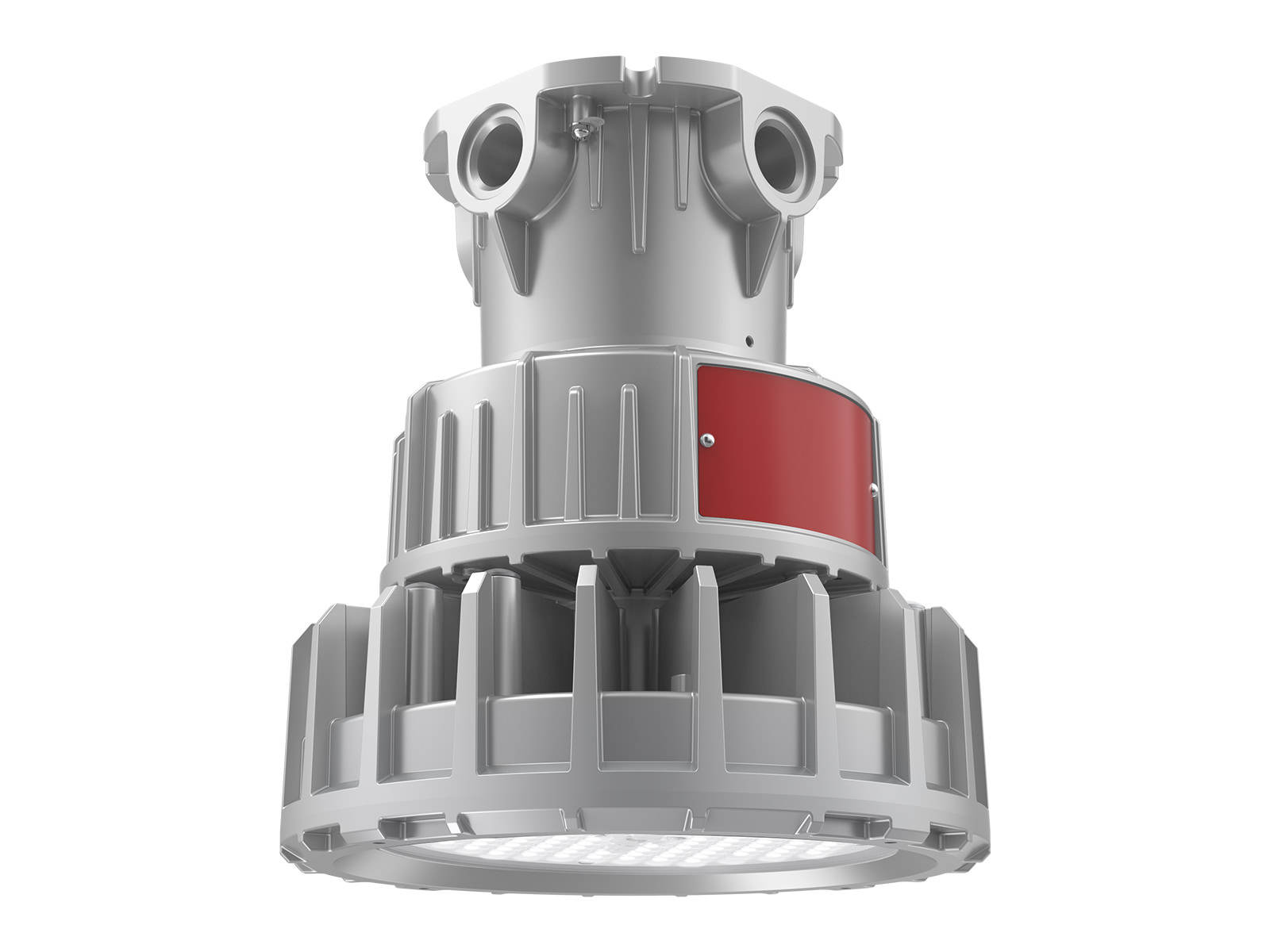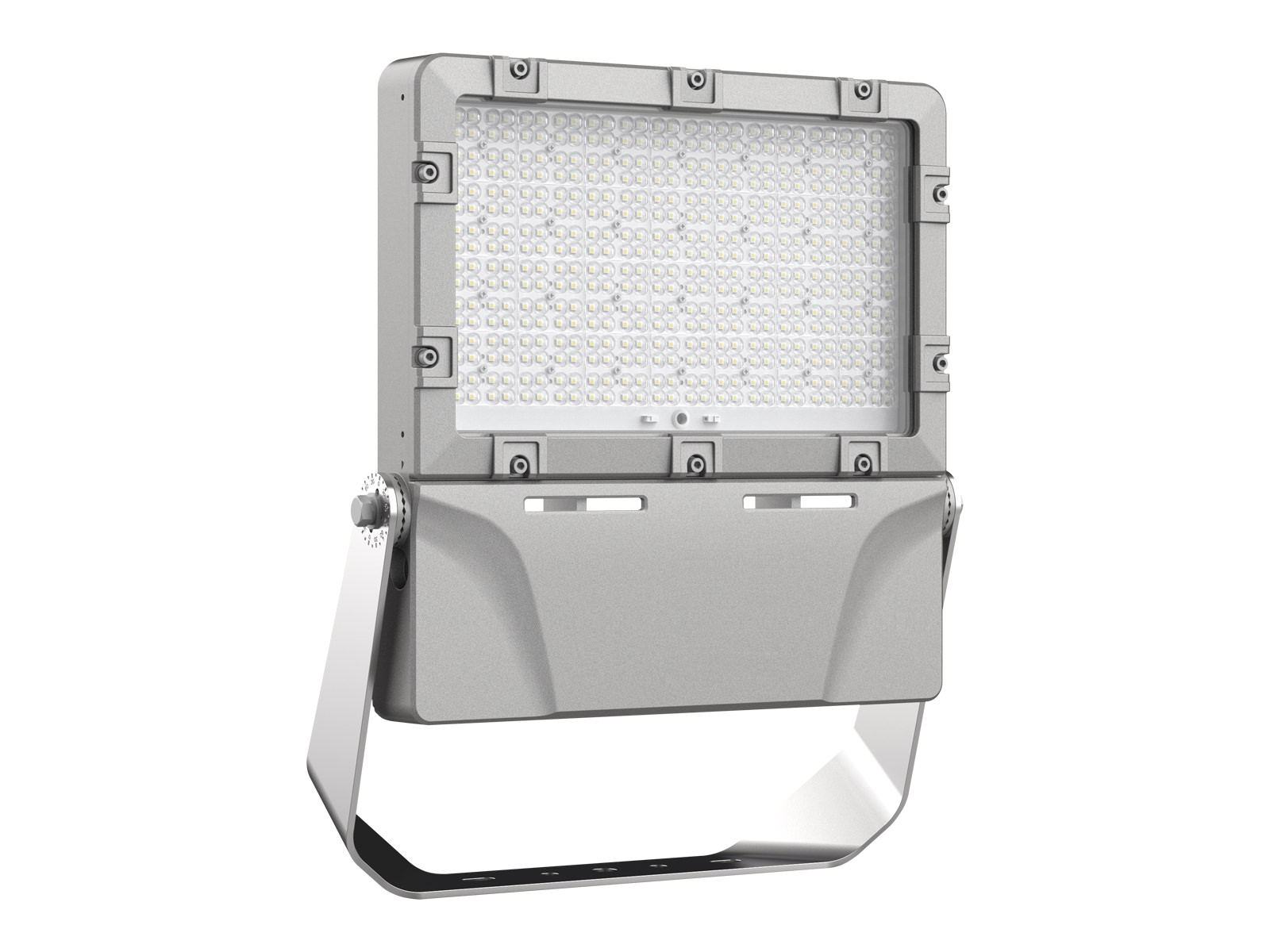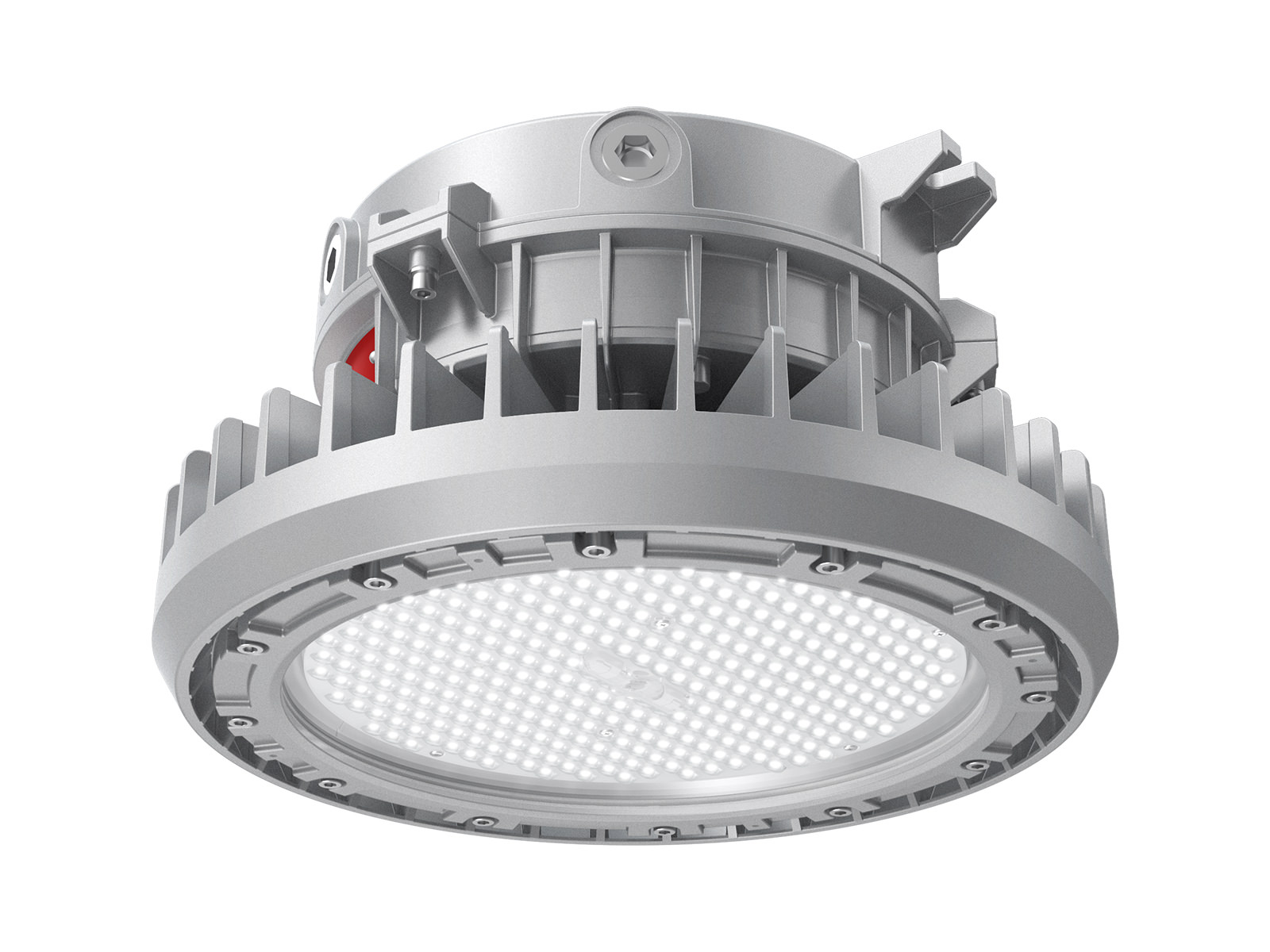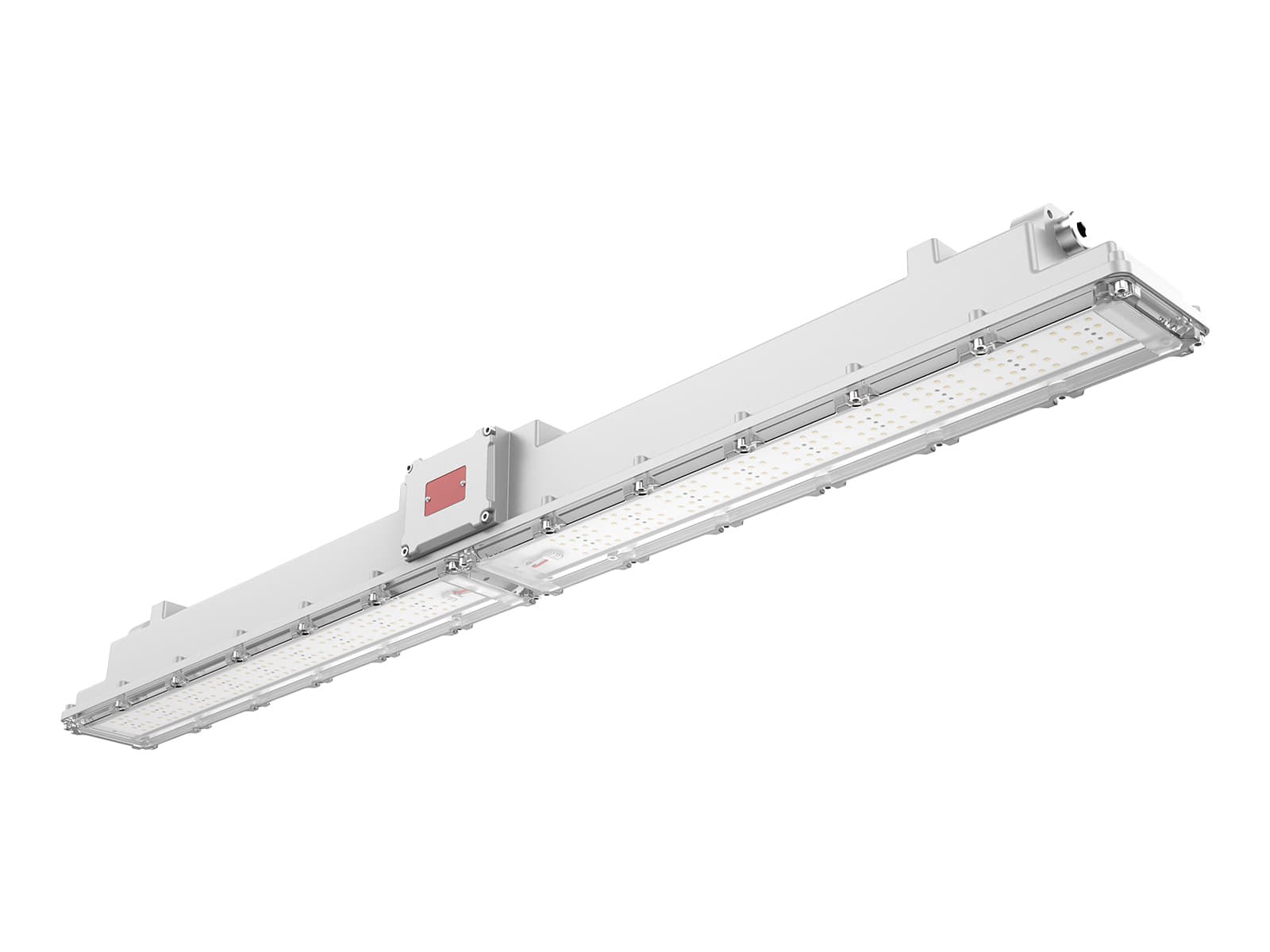When we think of pharmaceutical manufacturing, we often picture advanced machinery, precise lab work, and stringent quality control. But there's another key element that plays a vital role in this process—lighting. It might not be the first thing that comes to mind, but proper lighting is crucial for ensuring product quality, accurate inspections, and a safe working environment. Whether it's in cleanrooms or production lines, the right lighting helps create a controlled, sterile environment where precision is essential. So, what exactly are the requirements for pharmaceutical manufacturing lighting? Let’s explore it.
Lighting Standards and Regulations in Pharmaceutical Manufacturing
Lighting in pharmaceutical manufacturing, specifically in production areas like cleanrooms, has strict requirements to protect product quality, prevent contamination, and ensure smooth operations. Generally, all lighting fixtures in these areas need to be easily cleaned, dust-tight, sealed, and waterproof.
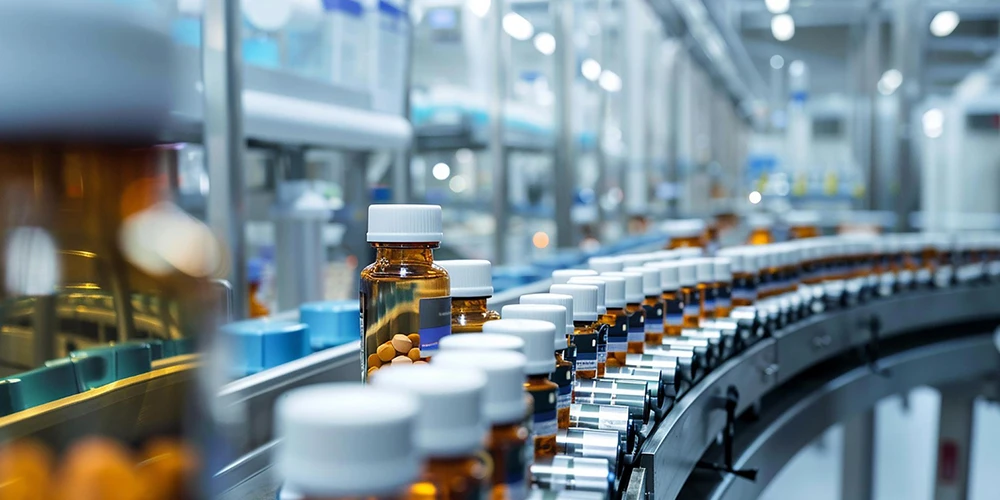
ISO 14644
ISO 14644 helps us classify cleanrooms based on the number and size of particles allowed in the air. Think of it like this: the lower the ISO number, the cleaner the room. So, an ISO 3 cleanroom is much cleaner than an ISO 5 and therefore needs higher-quality lighting.
Now, while ISO 14644 doesn't give exact lighting levels, it does set some important guidelines for lighting in these cleanrooms:
- Lighting fixtures should be designed to minimize particle shedding; be flush-mounted or recessed to avoid dust accumulation; withstand regular cleaning and sanitization.
- Uniform light distribution is essential to prevent shadows and ensure consistent visibility throughout the cleanroom.
- Lighting systems should be integrated with the cleanroom’s HVAC system to avoid disrupting airflow and maintain air quality.
EN 12464-1
One important standard in Europe is EN 12464-1. This standard gives us recommendations for lighting design to make sure people can work efficiently, accurately, and comfortably in indoor workplaces.
Here is a table of the lighting requirements in EN 12464-1.
|
Activity area |
Em (lx)
|
Uₒ
|
Ra
|
UGR |
Em,z (lx)
|
Em, wall (lx)
|
Em, ceiling (lx)
|
Color Temperature (K)
|
|
General lighting |
500-750 |
0.6 |
90 |
19 |
150 |
150 |
100 |
4000K - 5000K |
|
Examination and treatment |
1000-1500 |
0.7 |
90 |
19 |
150 |
150 |
100 |
4000K - 5000K |
EU GMP (Good Manufacturing Practice)
GMP (Good Manufacturing Practice) is a set of rules and guidelines that pharmaceutical companies must follow to make sure their products are consistently high-quality and safe. These rules are enforced by regulatory agencies like the FDA in the US and the EMA in Europe. Basically, if you want to sell medicine in the EU, you have to follow GMP, no matter where your manufacturing plant is located.
Now, GMP doesn't give us exact lighting measurements. However, it has a big impact on how we design lighting in pharmaceutical manufacturing facilities. Here's why:
- Clean and hygienic premises: GMP requires facilities to be clean and prevent contamination. This means lighting fixtures have to be designed for easy cleaning. They need smooth surfaces, minimal nooks and crannies where dust or bacteria could hide, and they have to be able to withstand regular cleaning with harsh chemicals.
- Suitable working environment: GMP also emphasizes the need for a safe and efficient work environment. Good lighting is crucial for this. Workers need to be able to see clearly to perform tasks like visual inspections, taking measurements, and other critical operations. Without proper lighting, mistakes are more likely to happen, which could compromise product quality.
FDA (Food and Drug Administration)
The FDA set a general framework for "adequate lighting" through their Current Good Manufacturing Practice (CGMP) regulations.
Specifically, Title 21 CFR Part 211, Section 211.44, says that pharmaceutical facilities need to have enough light in all areas to ensure people can see clearly, work efficiently, stay safe, and maintain quality control.
This means that the lighting has to be suitable for the tasks being performed in each area. For example, areas where workers are doing detailed inspections will need more light than a general storage area.
The regulations also talk about the types of lighting fixtures that can be used. They emphasize using lighting that won't react with the products being made, won't release toxic substances, and won't contribute to contamination. This often means using specialized fixtures like vapor-proof or explosion-proof lighting in certain areas.
Explosion-proof lighting is especially important in areas where there's a risk of flammable chemicals, gases, or dust. This includes places like chemical storage rooms, processing areas where flammable materials are used, and waste disposal areas. These special fixtures are designed to prevent sparks or heat that could ignite these materials.
NSF (National Sanitation Foundation)
NSF International is well-known for its work in the food and beverage industry, but it also has standards that apply to pharmaceutical manufacturing, especially when it comes to maintaining clean environments. NSF certification generally means a product or material has been rigorously tested and meets high standards for cleanliness, which is crucial in places like cleanrooms and sterile manufacturing areas.
One key NSF standard for lighting in these controlled environments is NSF P442. This standard focuses specifically on light fixtures used in places like pharmaceutical processing areas and cleanrooms. It sets strict requirements for how these fixtures are designed, and built, and how they perform, all with the goal of minimizing contamination risks.
So, what does it mean for a light fixture to be NSF-certified under P442? It means it's been tested and proven to meet certain criteria:
- Ease of cleaning: The fixture's design has to prevent dirt and dust from building up, and it needs to be easy to clean thoroughly without disrupting the clean environment. Think smooth surfaces and minimal crevices.
- Material safety: The materials used to make the fixture have to be durable and resistant to degradation over time. They also can't release any harmful substances that could contaminate the manufacturing process.
- Durability: These fixtures need to be tough enough to withstand the harsh conditions of a clean manufacturing environment, including regular cleaning with strong chemicals and frequent maintenance.
Why Some Cleanrooms Use Yellow or Orange Lights
Why do some cleanrooms have yellow or orange lights? That's a great question! The reason is often to protect light-sensitive materials.
If you leave a colored piece of paper in the sun for a long time, it fades. That's because the light is causing a chemical reaction in the paper's dyes. Similarly, some pharmaceutical ingredients and biological materials are sensitive to light and can degrade or change if exposed to certain wavelengths. Amber lighting acts as a shield, protecting these sensitive materials during manufacturing, storage, and handling. It blocks the harmful parts of the light spectrum that could cause these unwanted reactions.
In pharmaceutical manufacturing, some drugs and products contain ingredients that can be affected by light, especially ultraviolet (UV) light. To prevent unwanted chemical changes caused by light exposure, these areas use amber or orange lighting. This specialized lighting filters out UV light and minimizes the amount of blue light, which can also be problematic for some substances.
Sensitive biological research, medical treatments, and even certain types of manufacturing also use amber light for the same protective reasons.
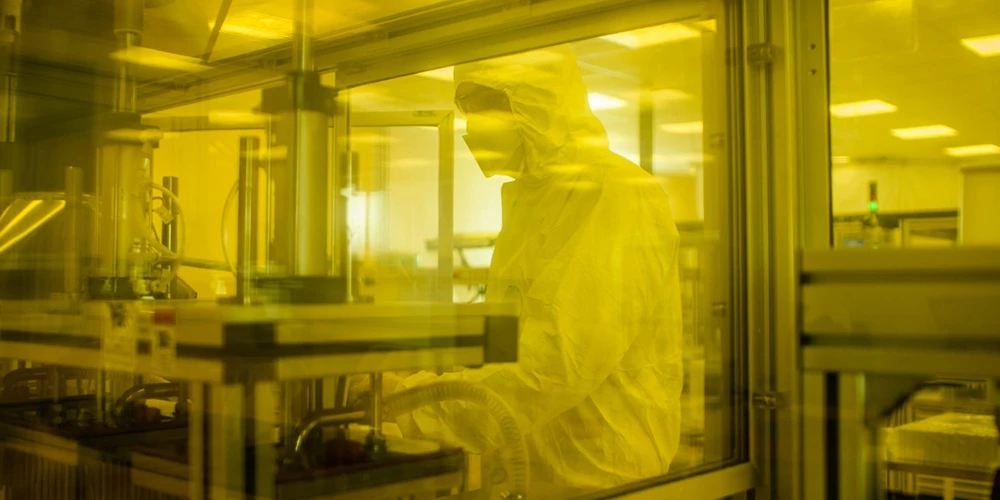
Looking for the right lighting for your pharmaceutical manufacturing facility? We can help. Whether you need NSF-certified fixtures for cleanrooms, explosion-proof lighting for hazardous areas, or amber lighting to protect light-sensitive materials, we've got you covered. Get in touch, and we'll find the perfect lighting solution for your specific needs.

